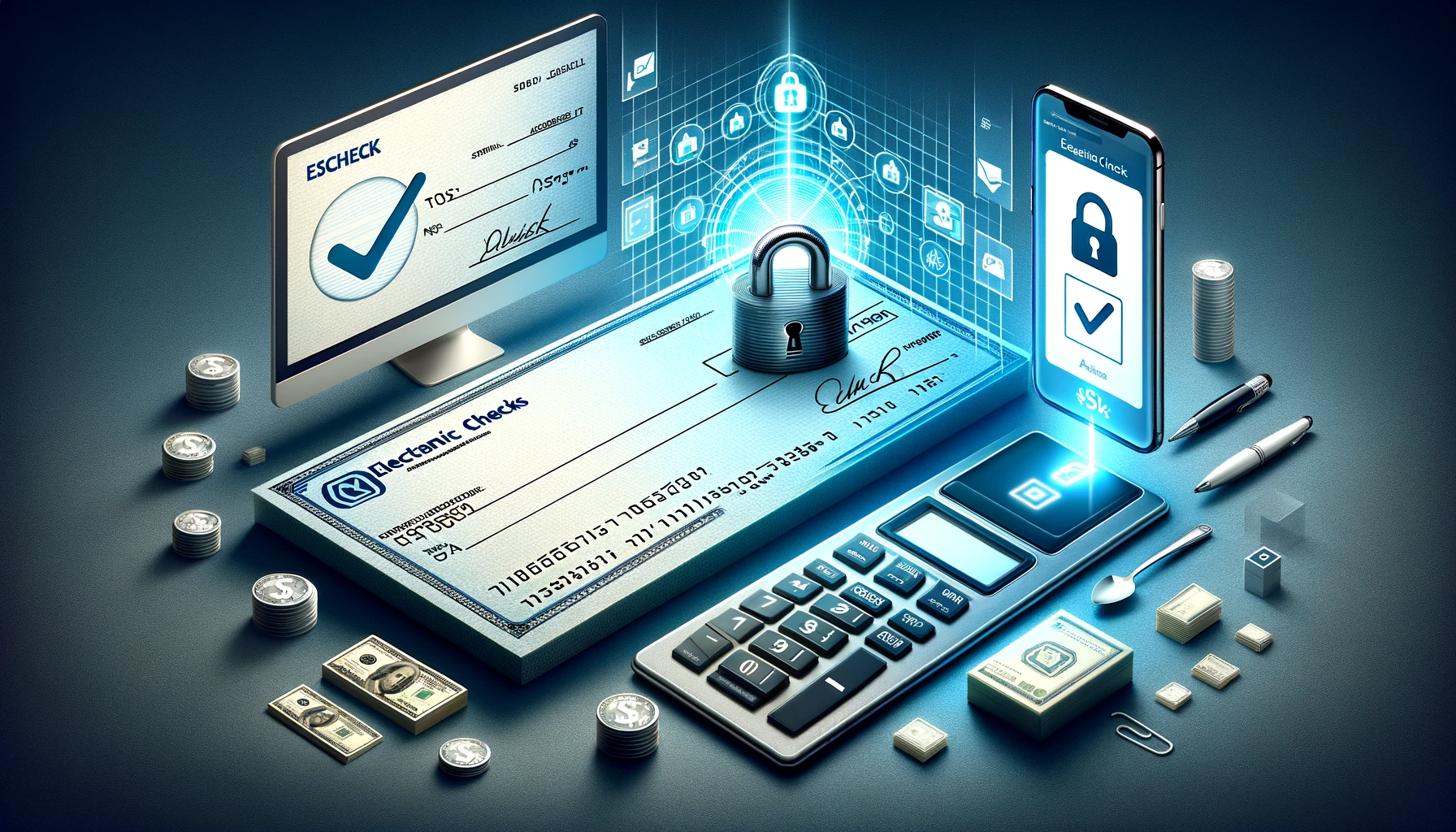Checks — They’re Not Just for Paper Anymore
The Rise of eChecks and ACH
In our dauntless search to bring you all the news in the credit card and card processing industries — to let you know where and how the trends are, well, trending, so your business can stay those proverbial steps ahead — we were surprised to find recent headlines revealing an uptick in the use of eCheck and ACH payment.
Understanding eChecks and ACH
So what are eChecks, and/or ACH? No, they’re not a proprietary product like something called “iChecks might be. Instead, it’s shorthand for electronic checks,” and they’ve been around for a handful of years. Investopedia describes them as online payments in electronic format designed to perform the same function as a conventional paper check (and) can be processed in fewer steps and has more security features than a standard paper check. Security features provided by electronic checks include authentication, public key cryptography, digital signatures and encryption, among others.”
ACH: The Automatic Clearing House
The “ACH” stands for “Automatic Clearing House,” and the National Association of Homebuilders’ website even weighs in on the differences, or lack of them, in the two types of transactions: “An electronic check, ‘echeck’, and ACH transaction are one and the same – a secure payment made during an online purchase which links directly to a bank account. Electronic checks mimic conventional, paper checks, except the transaction is performed via the Internet.” In some instances, the mimicking can include scanning of an actual check, which then finishes its processing electronically, in others, the info from the checking account — routing and account numbers, etc. — is inputted, and the transaction is completed.
The Increasing Acceptance of eChecks
While eChecks aren’t entirely new, what is new is their increasing acceptance in transactions ranging from paying your property taxes to your tuition fees (increasingly critical as another September looms closer!) and many other goods and services. Including, if you’d like, yours.
How eCheck Transactions Work
The basic steps for such transactions are as follows:
- Creating the Transaction: The transaction is created, by virtue of the merchant logging onto a Virtual Terminal and entering customer information such as Name, Address, Amount of transaction, Routing Number, Check Number, and Bank Account Number.
- Submission for Authorization: The Transaction is submitted to the Federal Reserve for Authorization allowing for the fastest processing available. Transactions are stored in a database, and included on your monthly statement.
- Clearing or Rejection: Transaction is Cleared or Rejected: As soon as the transaction has cleared, the credit amount is deposited into the merchant checking account. Banks may still reject a transaction after it has been cleared — as in “traditional” checking — which is known as a charge back. All returns or charge backs are stored in our database, and are included in your monthly statement. AVPS can work with you to minimize costs of returns and charge backs.
Note that due to the structure of the banking industry, ACH transactions cannot be completed instantly, however a typical ACH transaction completes within 2-3 business days.
AVPS: Your Partner in eCheck/ACH Payment Processing
AVPS can help you accept eCheck/ACH payments — giving your customers another option in addition to plastic. And we can set up payment acceptance by phone, as well, further increasing the flexibility for both you and your customers. (More about phone payments, specifically, upcoming in another post!)
Indeed, AVPS can provide you with many ACH options — and you don’t have to be a tax collector!








